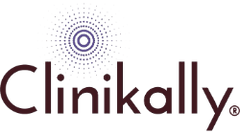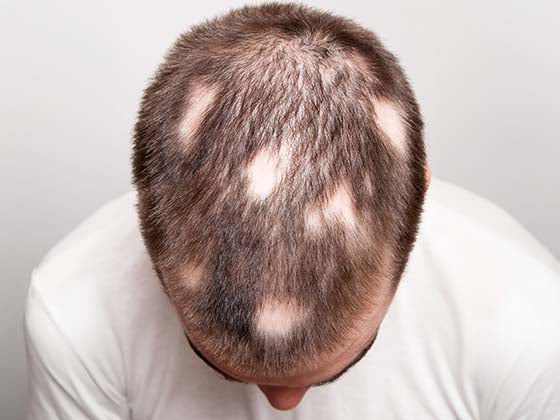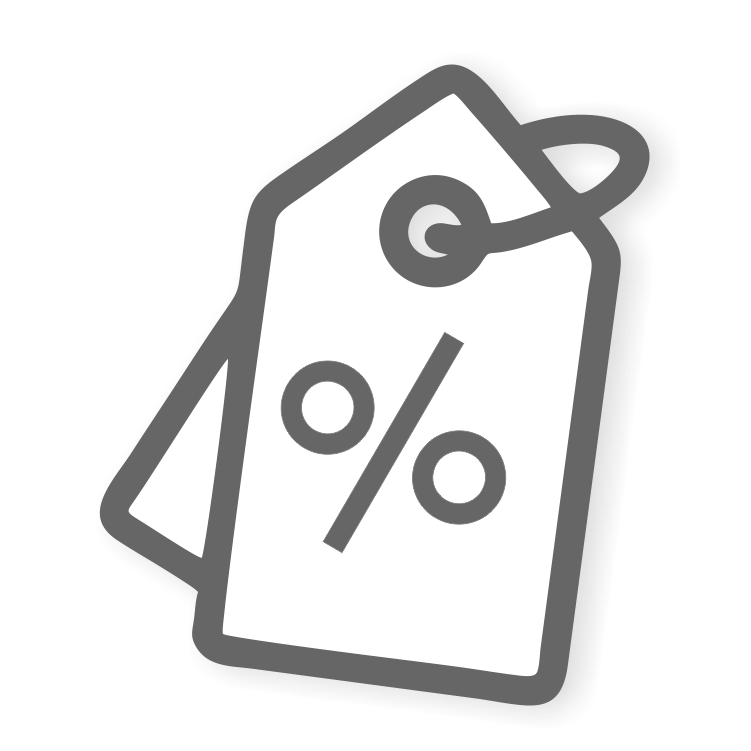Monistat, widely recognized as an over-the-counter antifungal ointment used to treat yeast infections, has gained popularity online due to its purported benefits in encouraging hair growth. This blog provides a breakdown of monistat for hair development.
Understanding Monistat and Its Use for Hair Growth

Monistat, particularly the form containing miconazole nitrate, is well-known as an antifungal medication used to treat yeast infections and other fungal disorders. Some users online have recently recommended it as a viable hair growth treatment, particularly for those suffering from thinning or receding hairlines. However, the link between Monistat and hair growth remains primarily anecdotal, and there is a lot of uncertainty about it.
What Is Monistat and How Does It Work?

Monistat (miconazole nitrate) is a reliable and effective antifungal medicine used to treat yeast infections and other fungal skin disorders. While it is most commonly used for vaginal infections, it can also be used to treat topical skin problems such as athlete's foot or ringworm. If you plan to take Monistat for purposes other than those listed above, such as scalp or hair growth, you should check with a healthcare provider to ensure it is safe and appropriate for your requirements.
The Science Behind Monistat and Hair Growth

While Monistat may have some benefits for scalp health (especially in the treatment of fungal infections or dandruff), there is no scientific evidence to support its usage for hair growth. It's crucial to realize that hair loss can be caused by a variety of factors, including genetics, hormone imbalances, and stress, which Monistat doesn't treat. If you're concerned about hair thinning or loss, speak with a dermatologist or healthcare practitioner about more effective, evidence-based treatments.
Monistat vs. Traditional Hair Growth Treatments

Monistat (miconazole nitrate) may improve scalp health, especially if fungal infections or dandruff are causing hair loss, but it is not a scientifically proven hair growth therapy. Traditional treatments such as minoxidil, finasteride, hair transplants, and PRP therapy have been carefully researched and shown to be beneficial for many people suffering with hair loss.
-
Minoxidil is a popular choice among those seeking non-invasive, FDA-approved hair regrowth treatments.
-
Finasteride is a well-known and effective treatment for male pattern baldness.
-
Hair transplant surgery is the most permanent solution, though it is expensive and risky.
-
PRP therapy is a new treatment option that has the potential to produce positive results while having fewer side effects.
If you are considering hair growth treatments, you should consult with a dermatologist or hair specialist to determine the best approach for your specific type of hair loss.
Potential Benefits and Risks of Using Monistat

While Monistat (miconazole nitrate) may have some benefits for hair growth by improving scalp health, particularly if there is a fungal infection, its use for hair regrowth is mainly unsubstantiated by scientific evidence. It may be effective for some people based on anecdotal data, but it is not a proven treatment for hair loss or hair thinning. If you decide to attempt Monistat, you need to:
-
Keep an eye out for any irritation or allergic reactions on your scalp.
-
Be cautious of overuse to avoid disrupting your scalp's natural balance.
-
Recognize that it may not be effective for all types of hair loss or result in significant regrowth.
For people seeking proven hair regrowth therapies, minoxidil, finasteride, and hair transplant surgery have all been shown beneficial. Before using Monistat or any other off-label hair growth medications, please consult with your doctor or a dermatologist.
Benefits of Monistat for Hair Growth

The idea of utilizing Monistat (particularly, its active component miconazole nitrate) for hair growth has gained traction in some online groups. While there is no scientific evidence to support it as a reliable hair growth treatment, some users report potential advantages, particularly if the underlying problem with their scalp is fungal or inflammatory in origin. The following are some of the potential benefits of utilizing Monistat for hair development, especially in terms of scalp health.
-
Improved scalp health: One of the most significant potential benefits of using Monistat for hair growth is its ability to improve overall scalp health by addressing fungal issues. A healthy scalp provides a better environment for hair to grow. Monistat is an antifungal agent, and it works by combating fungal infections like dandruff, seborrheic dermatitis, and ringworm, which can negatively affect hair follicles. Treating such infections could help reduce scalp inflammation, itching, and flaking, potentially allowing for healthier hair growth. If fungal infections or inflammation are contributing to hair loss, treating them may alleviate scalp irritation, which can help reduce hair shedding and create an optimal environment for hair regrowth.
-
Treatment of scalp inflammation: Miconazole has mild anti-inflammatory properties, which could help reduce swelling and irritation on the scalp. Chronic inflammation is linked to hair loss, so reducing this inflammation could help preserve hair follicles and allow hair to grow more freely. If a fungal infection or an imbalanced scalp microbiome is causing discomfort, Monistat might relieve symptoms like itching and redness, creating a more comfortable environment for hair follicles.
-
Possible stimulation of hair growth: Some users believe that applying Monistat to the scalp might stimulate blood circulation, which could theoretically support hair follicle health by delivering more oxygen and nutrients. However, this is not scientifically supported, and it’s unclear whether miconazole nitrate can improve circulation in the scalp. Many individuals have reported experiencing faster hair growth or thicker hair after using Monistat, although these results are based on personal experiences, not clinical trials. It's important to note that such results may vary significantly from person to person.
-
Affordable option: Compared to other established hair growth treatments, such as minoxidil or PRP therapy, Monistat is relatively inexpensive. For individuals looking for a more budget-friendly option to address scalp issues that may be affecting their hair, Monistat may seem like an accessible alternative.
-
Easy to apply: Monistat is a topical medication, making it easy to apply directly to the affected area (the scalp, in this case). Unlike oral medications or more invasive treatments like injections or hair transplants, Monistat can be easily incorporated into your routine, especially if you're already using it for scalp-related issues like dandruff or seborrheic dermatitis.
Possible Side Effects on Scalp and Hair

While Monistat may offer some benefits, especially for treating scalp fungal infections, there are notable risks and side effects to consider, particularly for those using it off-label for hair growth. Scalp irritation, dry scalp, allergic reactions, and increased hair shedding are all possible outcomes when using this product. If you're considering using Monistat for hair health, it’s essential to monitor your scalp carefully and consult with a dermatologist to ensure it’s a safe and suitable option for you. If any side effects occur, it's best to discontinue use and seek medical advice.
Is Monistat Safe for Long-Term Use?

While Monistat is generally safe for short-term use to treat fungal infections, long-term use on the scalp is not recommended without consulting a healthcare professional. Prolonged application may cause scalp irritation, microbial imbalances, and dryness, and there are no established guidelines for safe long-term use of miconazole nitrate on the scalp. Suppose you're looking for long-term hair growth solutions. In that case, it’s safer to explore clinically proven treatments like minoxidil, finasteride, or even professional options such as PRP therapy or hair transplants, which are designed for prolonged use and have more established safety profiles.
How to Use Monistat for Hair Growth

If you choose to use Monistat for hair growth, applying it to the scalp as part of a balanced, healthy routine might help improve scalp health and reduce fungal-related hair loss. However, it's essential to be cautious of potential side effects, and there’s no scientific evidence to support Monistat as a proven treatment for hair regrowth. For best results, consult with a dermatologist to explore a comprehensive approach to addressing hair loss.
Step-by-Step Application Guide

Here's a step-by-step guide for applying Monistat (miconazole nitrate) to your scalp to promote hair growth.
-
Guide for monistat: Monistat cream or ointment are the easiest to use and perform best for topical usage on the scalp. Before applying Monistat, rinse your scalp with a moderate, sulfate-free shampoo. To dry your hair after washing. If you are sensitive to the product, avoid direct contact with it.
-
Prepare your scalp: Wash your hair and scalp well with a gentle shampoo to eliminate oils, debris, and product buildup. This ensures that monistat is absorbed effectively. After washing out the shampoo, towel dry your hair until it's somewhat damp but not soaking wet. This prevents the substance from sliding off and improves absorption.
-
Apply monistat to the scalp: To apply monistat to the scalp, squeeze out approximately 1 teaspoon of Monistat cream or ointment. You can vary the amount depending on the size of the area you're treating, but start with a little amount to avoid wasting product. Part your hair into small parts, especially if you're focusing on specific areas of thinning or hair loss. This will make it easy to apply the product straight to your scalp. Gently massage Monistat cream into the damaged regions of your scalp with your fingers (or gloves, if you prefer). Concentrate on the areas with thinning hair or scalp irritation. Massage the product into your scalp for 1-2 minutes to achieve even distribution and increase blood flow to the area.
-
Allow it to absorb: After applying Monistat, let it soak into your scalp. You can keep it on for several hours or overnight. If you decide to leave it on overnight, make sure to cover your pillow with a towel or use a shower cap to keep the product from migrating onto your sheets.
-
Rinse it off: In the morning or when your treatment time is up, thoroughly wash your hair with a gentle shampoo to eliminate any remaining Monistat. Use a sulfate-free shampoo to avoid further discomfort. Scrub your scalp gently to avoid causing more irritation or sensitivity.
-
Repeat application: You can use Monistat on your scalp once a day, usually before bed, but be careful not to misuse it. Check your scalp for any symptoms of discomfort and take pauses as needed. It is advisable to use it for 1-2 weeks at a time, but if you feel any irritation, stop using it and see a dermatologist.
Tips for Maximizing Results with Monistat

If you're using Monistat (miconazole nitrate) to improve scalp health or possibly boost hair growth, here are some pointers to help you get the most out of the product while minimizing potential adverse effects. Because Monistat is not scientifically proven for hair growth, these tips focus on enhancing its effectiveness for improving scalp health, which can indirectly support healthier hair, such as maintaining consistency while avoiding overuse, combining with a healthy scalp care routine, protecting your hair and scalp from external stressors, focusing on scalp health and overall hair health, keeping track of your progress, giving it time, taking breaks, and consulting a dermatologist.
Combining Monistat with Other Hair Care Products

When using Monistat in conjunction with other hair care treatments, it is critical to maintain balance. Choose mild, nourishing products that promote scalp health while not overloading the skin with active ingredients. If you use Monistat in conjunction with other hair growth therapies, such as minoxidil or essential oils, be aware of any potential reactions or irritation. Assess the state of your scalp on a regular basis and change your practice as needed to enhance outcomes while avoiding irritation.
Final Thoughts: Should You Try Monistat for Hair Growth?

Monistat may be worth a try if you have scalp health issues (such as dandruff or fungal infections) that are causing your hair loss and are willing to attempt a non-traditional, off-label treatment. However, it is critical to control your expectations. While some people may experience results, there is no certainty that Monistat will stimulate considerable hair regrowth, and if used incorrectly, it can cause scalp discomfort.
















